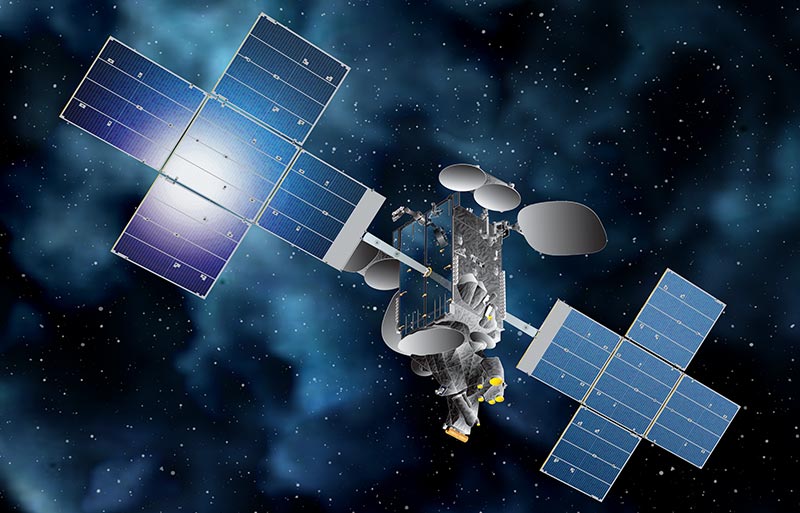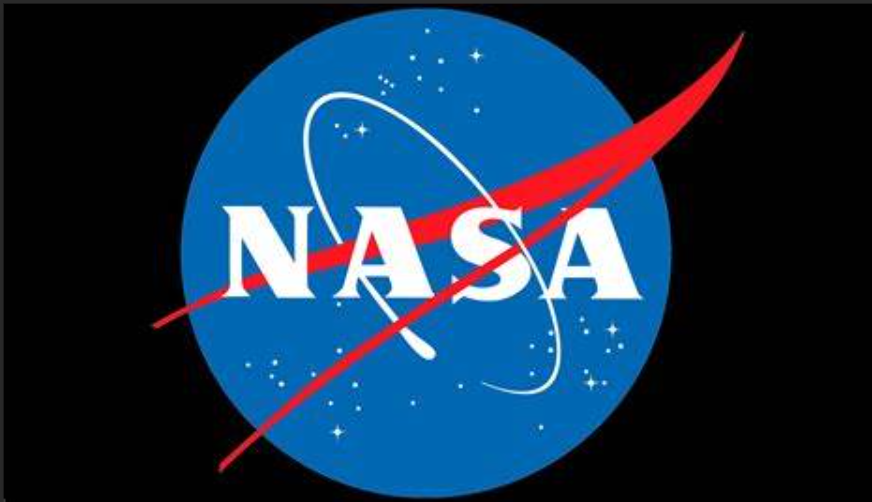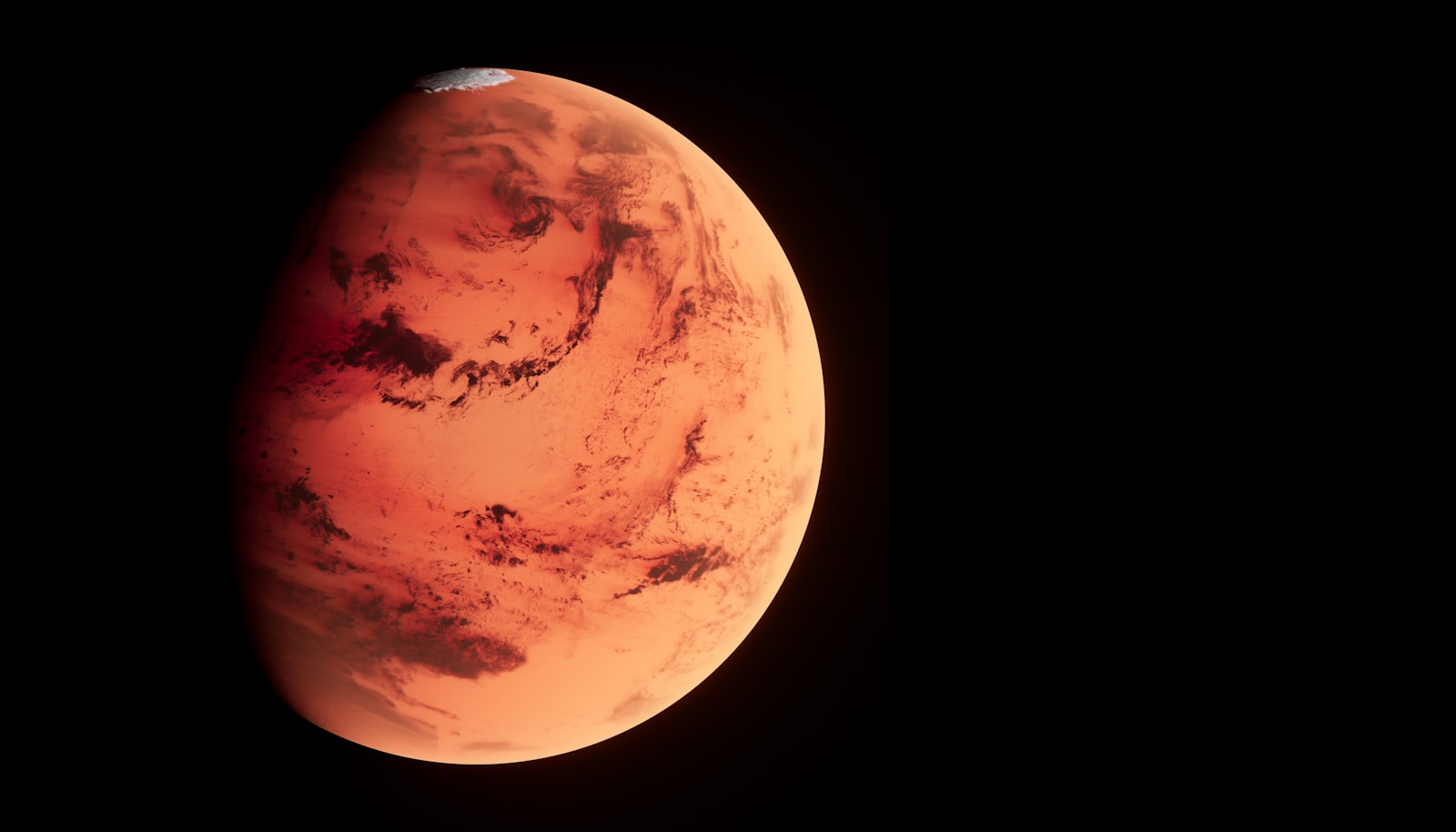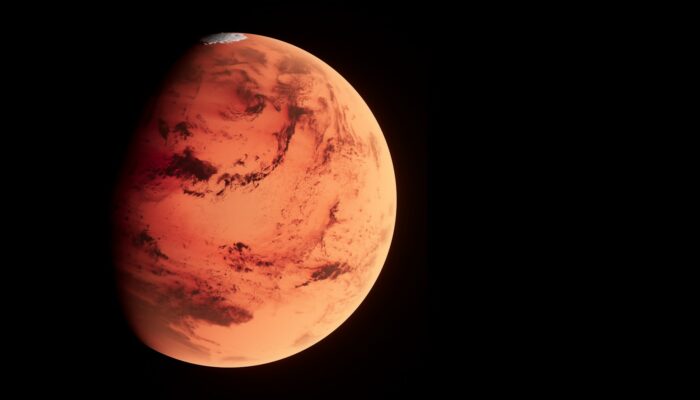by Julia Seibert
In space, Canadian tech is seemingly everywhere you look. The International Space Station, NASA’s Artemis program, and the James Webb Space Telescope have benefited from it, and the country also boasts a sizeable fleet of communications and Earth observation satellites. With such a sparkling resume, one would expect to see a hardy commercial satellite sector to match. However, apart from the odd contractor and one telecommunications giant, the field is rather sparse. What does exist, however, is a host of younger companies working to fill newly emerging niches in the industry – but will they be enough to put Canada on the map as a space power to be reckoned with?
Top Satellite Companies in Canada
Telesat
Telesat is undisputedly the largest satellite company in Canada. was founded in 1969 by the Canadian government before it was privatized in 1998, and is now the world’s fourth-largest Fixed Satellite Services (FSS) provider. For the moment, Telesat operates a fleet of around 20 satellites in geostationary orbit (GEO), which provide ‘coverage and connectivity’ in three bands and are used for telecommunications and broadcasting. Telesat’s next goal is to get its Lightspeed project up and running. This entails sending 198 satellites to Low Earth Orbit (LEO) to provide ‘highly secure, resilient, low-latency broadband connectivity anywhere in the world’. After switching from European contractor Thales Alenia Space to fellow Canadians MDA due to supply issues, the company are hoping to begin launches in 2026, which is six years later than Telesat had originally hoped for.
Visit company’s profile page.
MDA
MDA is another large Canadian satellite company. It is a popular choice for companies looking to outsource their satellites’ manufacturing, and has contributed to projects including OneWeb’s constellation and Echostar’s Jupiter-3. MDA also owns and operates the RADARSAT-2 imaging satellite as well as the three-satellite RADARSAT constellation that collect Earth observation data for the Canadian government. MDA hopes to expand its geointelligence business by deploying CHORUS, a ‘collaborative multi-sensor constellation’ that will ‘bring together diverse and unique imagery and data sources, changing how and when we see the world by providing a new level of real-time insight’. The constellation, slated to launch in Q4 2025, will be capable of imaging the globe regardless of weather and time of day. Its aim is to provide services including espionage, detection of illegal activities, disaster relief support, monitoring of industry, and recording effects of climate change on the Earth’s surface.
Visit company’s profile page.
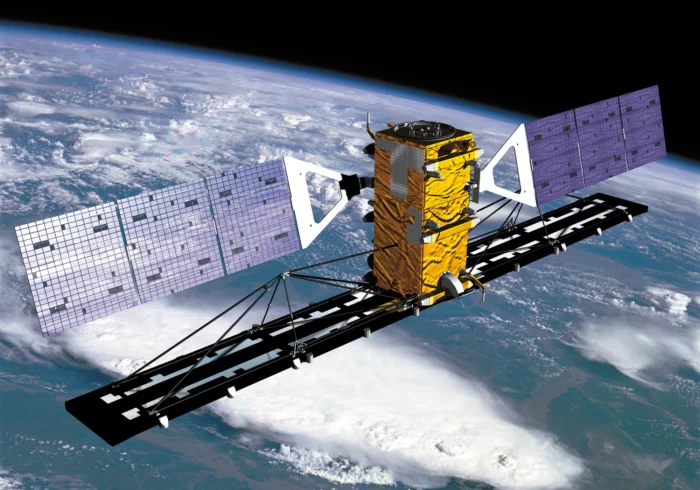
GHGSat
Monitoring Earth from space is an indispensable tool to fighting climate change – so GHGSat decided to make a business out of it. The company specializes in tracking greenhouse gases from orbit, currently operating 12 satellites in a polar orbit at 500km above the planet’s surface. The machines are fitted with instruments designed to detect the specific wavelength signatures of methane and CO2, like a fingerprint of light. These can then be pinned down to specific sites or factories. Until recently, GHGSat has focused mainly on methane tracking, but has now broadened its scope to include CO2 as well; the first dedicated sensor for this gas was launched in November 2023. GHGSat markets its services towards governments and finance – to enable more efficient regulation, risk assessment, and market research – as well as specific industries including energy (coal, oil and gas) and waste management. The company aims to complete two million measurements of facility emissions in 2023.
Visit company’s profile page.
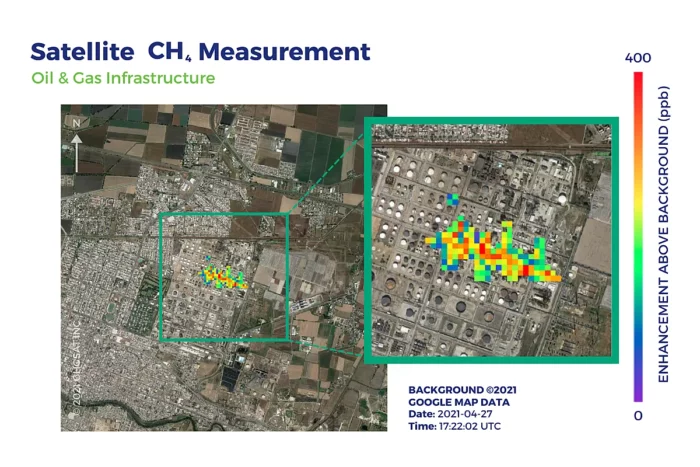
Northstar Earth and Space
Northstar, founded in 2015, hopes to deal with the congestion of orbit somewhat counterintuitively: with more satellites. As thousands of bits of space debris whizz around the globe at breakneck speeds, they pose a threat to humans and an ever-growing amount of satellites in orbit. Northstar’s model is built around tracking pieces of junk as small as one centimeter using orbital satellites that would catalogue rogue objects while helping customers navigate orbit and avoid collisions. The company also looks to provide Earth imaging services alongside the debris mapping. With no satellites currently in orbit, Northstar is still piggybacking off Japanese imaging company Axelspace’s satellites for its services (as reported by SpaceNews). Northstar’s first four satellites – part of its planned 52-strong Skylark constellation – are set to launch in 2023, but the company has had a somewhat unlucky streak with its launch providers. After the original launch contractor Virgin Orbit went bankrupt, the satellites were booked on a fall of 2023 flight of Rocket Lab’s Electron – but a malfunction of the rocket in September caused the launch date to slip (the satellites will now lift off no earlier than December 2023).
Visit company’s profile page.
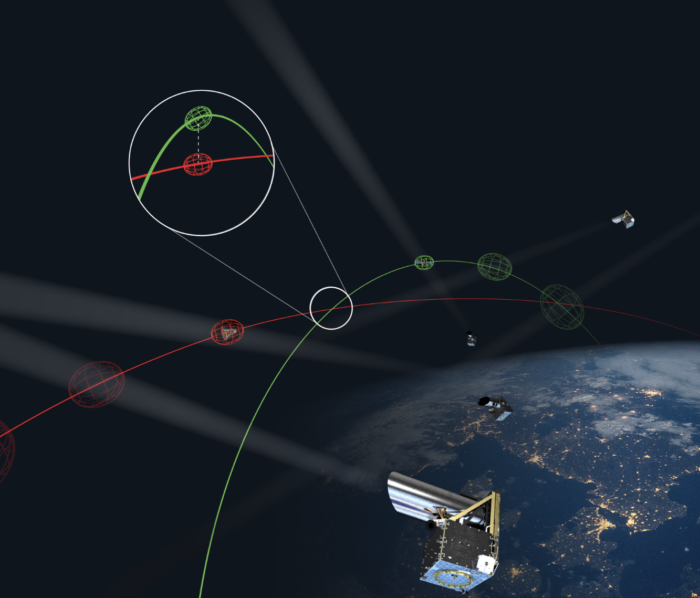
Areas of Expertise of Canadian Satellite Companies
Though the commercial industry is relatively thin, Canada’s expertise in technology, robotics, and innovation is clear. This can be seen with projects done by the country’s space agency as well as existing commercial satellite companies; Telesat was among the earliest commercial satellite companies, and is keeping up with competitors from meatier industries such as that of the US. MDA, also one of the veterans, has proven its proficiency by means of the RADARSATs as well as countless deep space and human spaceflight missions. GHGSat, meanwhile, is relatively unique in its role as a commercial greenhouse gas monitor, addressing a market beyond the confines of the space industry.
Future Trends in the Canadian Satellite Industry
The above capabilities, according to Dr. Shawna Pandya, director of the International Institute of Astronautical Sciences, are especially impressive given the country’s relatively modest GDP and correspondingly low budget for space activities (as reported by SpaceNews). Even Canada’s several demographic strengths, such as a highly educated workforce and a talent for attracting those with Master’s or Doctorate degrees, are not enough to salvage this issue. According to Shelli Brunswick, chief operating officer of Space Foundation, Colorado Springs, Colorado, a significant obstacle to Canada’s space scene – of which small- to medium-sized businesses make up 90% – ‘is accessing government support and the credibility that comes with it’. Increased government investment could help companies get a foot in the door, a model that continues to work for a range of US companies. In part, this is already happening; both GHGSat and Northstar, for example, have received funding from the Canadian government, while MDA frequently contracts for the country’s space agency, CSA.
However, in addition to CSA’s modest budget, Canada’s defense spending is also low, especially compared to its southern neighbor. The defense field has proven especially lucrative for US commercial satellite companies, including imaging specialists like Maxar and broadband giant Starlink. This avenue of income is drastically lower in Canada, forcing young companies like GHGSat and Northstar to explore niches relevant to various international space programs and companies while not centering themselves too much around sensitive governmental missions. This method is already helping the companies find partners in pastures greener. GHGSat is working with the UK government and ExxonMobil, for instance, while Northstar has found collaborators in Italian Telespazio and Japanese Astroscale.
While these emerging niches might help spur Canada’ satellite industry somewhat, it is unlikely that they will turn it into a space powerhouse (unless the country can whip up a GDP and established space program like that of the US). Instead, Canada is likely to continue relying on international collaborations for its deep space missions and human spaceflight programs by means of CSA and MDA. For satellites, however, the potential for innovation has already been shown, brought about by a lean budget colliding with a technologically talented country. Canada may not yet be cut out for large-scale exploration jaunts – but for some creative satellite companies, the potential is there.
For more market insights, check out our latest space industry news.
Featured image: Telstar 18. Credit: Telesat
Share this article:
